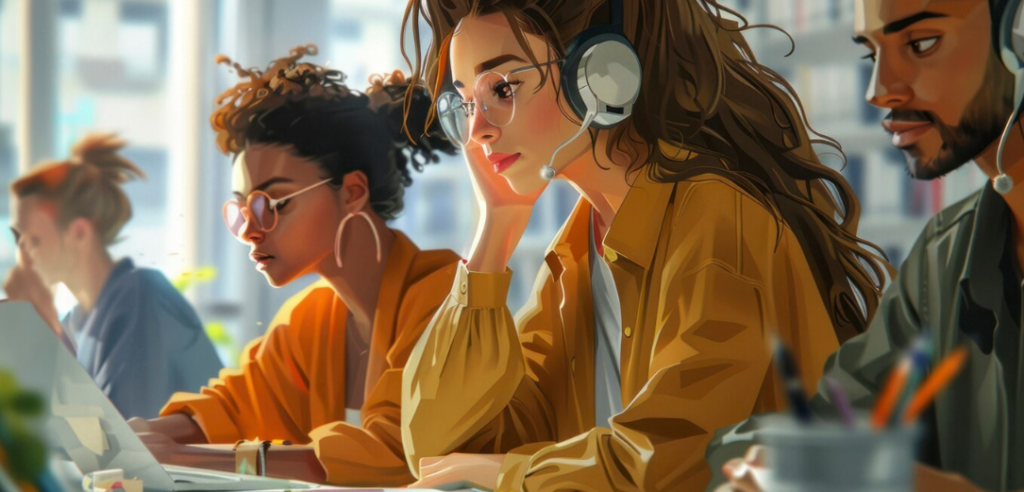Creativity is a crucial skill for students, helping them develop problem-solving abilities, critical thinking, and innovation. Encouraging creativity in the classroom can lead to more engaged learners and a more dynamic educational experience. Here are some strategies to foster creativity among students.
1. Create a Safe and Open Environment
Students need to feel comfortable expressing their ideas without fear of judgment. Encourage an atmosphere where mistakes are viewed as learning opportunities rather than failures. A safe environment promotes risk-taking, which is essential for creative thinking.
2. Encourage Curiosity and Inquiry
Fostering curiosity is key to creativity. Teachers can stimulate curiosity by:
- Asking open-ended questions.
- Encouraging students to explore different perspectives.
- Providing opportunities for hands-on learning experiences.
3. Use Creative Teaching Methods
Incorporate different teaching strategies that inspire students to think creatively. Some methods include:
- Project-based learning: Assign projects that require students to research, create, and present their findings.
- Storytelling: Encourage students to develop narratives related to their studies.
- Role-playing: Have students take on different perspectives to explore topics deeply.
4. Incorporate Art and Play
Creative expression is often best stimulated through artistic activities and playful learning. Incorporate:
- Drawing, painting, or sculpting activities related to lessons.
- Music and movement exercises to enhance engagement.
- Gamification strategies to make learning more interactive and enjoyable.
5. Allow Time for Free Thinking
Creativity flourishes when students have time to reflect and explore ideas independently. Give students time to brainstorm, experiment, and pursue their interests without strict guidelines.
6. Provide Diverse Learning Materials
Expose students to a variety of sources, such as:
- Books, articles, and multimedia from different fields.
- Guest speakers with unique experiences and insights.
- Interdisciplinary connections that show how subjects interrelate.
7. Encourage Collaboration and Discussion
Group activities and peer discussions can spark new ideas and creative solutions. Organize:
- Group projects where students collaborate on innovative solutions.
- Classroom discussions that encourage debate and exploration of diverse viewpoints.
- Brainstorming sessions where every idea is valued.
8. Model Creativity as a Teacher
Teachers who demonstrate creativity inspire students to do the same. Show enthusiasm for new ideas, experiment with teaching styles, and be open to feedback from students.
Conclusion
Fostering creativity in the classroom requires intentional efforts to create a supportive environment, encourage curiosity, and provide diverse opportunities for creative expression. By implementing these strategies, educators can help students develop the skills they need to innovate and succeed in the future.


